Overview
Map
Other Details
دير سيّدة البزاز
Sahel Aalma
Keserwan
Mount Lebanon
دير سيّدة البزاز - ساحل علما بنى الدّير الشيخ عاد صخر الخازن سنة ١٧٢٠ وجعله للراهبات العابدات. واتّبعت عابداته قانون الراهبة هنديّة قبل إلغاء رهبانيّتها. بقي الدّير حتّى منتصف القرن العشرين يضمّ بنات وأرامل العائلة الخازنيّة اللواتي خصّصن حياتهنّ للصلاة. واليوم هو وقفٌ خاص للعائلة. كنيسته صغيرة بعقدٍ مصالب، تضمّ لوحة العذراء المُرضعة وهي رومانيّة المصدر. The monastery of Our Lady of the milk - Sahel Alma The monastery was built by Sheikh Aad Sakher el Khazen in 1720, who gave it to the cloistered nuns that followed the rules of Mother Hendiyé Ajaimi before her order was dissolved. The monastery housed until the mid XXth century the daughters and the widows of the Khazen family who consecrated their lives to religion. The monastery is now a private possession of the Khazen family. The church is a crossed vault structure holding a roman painting depicting the blessed mother feeding the Lord.
Visited 5322 times, 9 Visits today



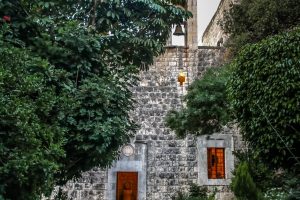
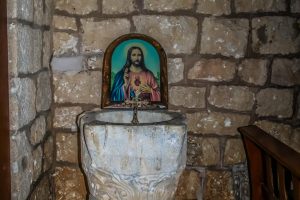
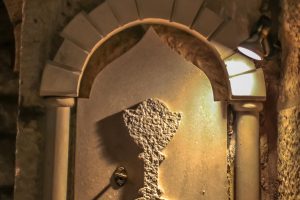
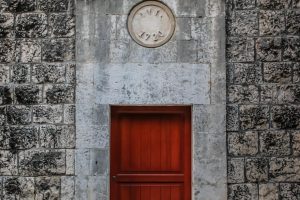
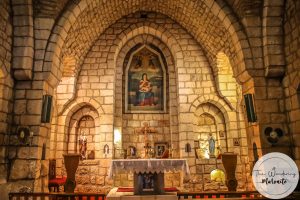
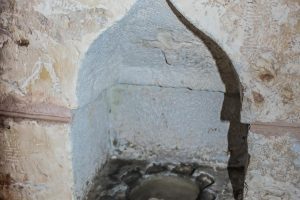
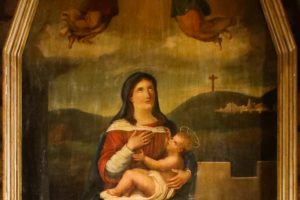
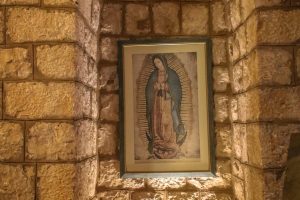








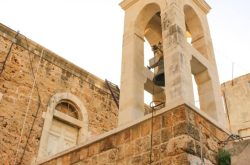
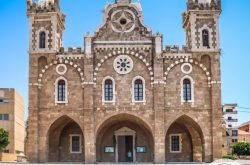
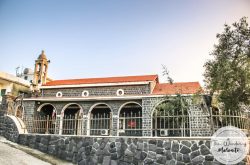
Reviews are disabled, but trackbacks and pingbacks are open.